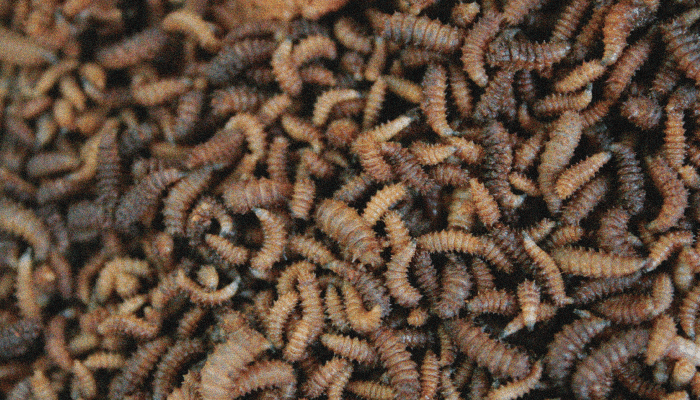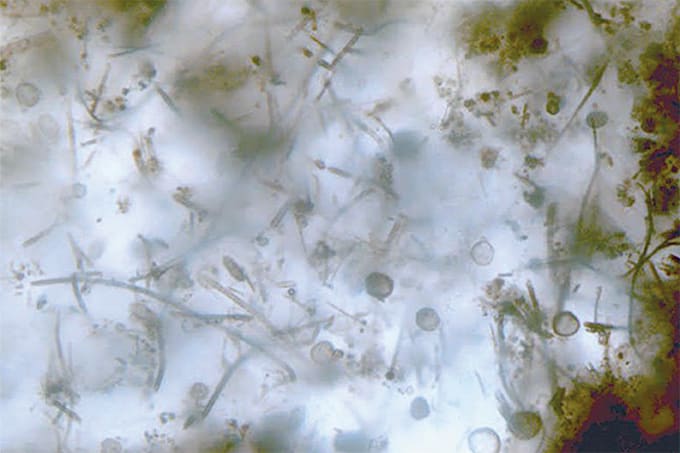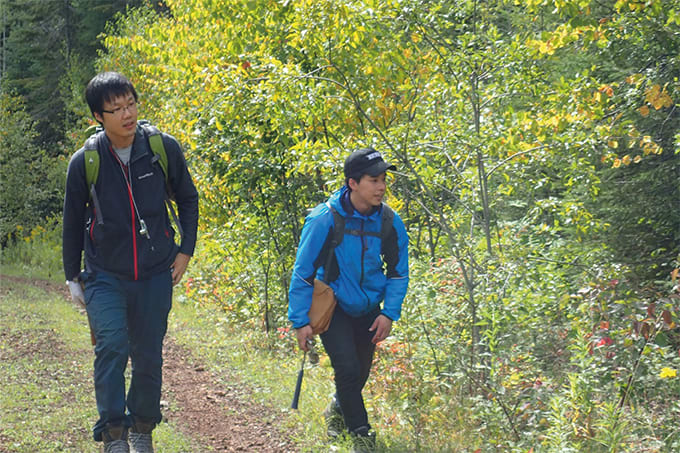
Although academically interesting to some, it’s difficult to see the relevance of maggots to the average analytical scientist. For those who work in forensics, though, the link is clear – maggots on a cadaver can help investigators determine when and where death occurred. In some cases, such as neglect, they can even help establish a person’s physical condition prior to death.
The drawback? Maggot analysis is time-consuming, resource-intensive, and requires the input of expert entomologists who can distinguish between different species. In many cases, this requires raising living maggots to their mature fly form to make species distinction easier. But not all cadavers yield live maggots – and, even in those that do, identification can be subjective and different species may resemble one another too closely for reliable classification.
Is there a better way? That’s the question researchers from the State University of New York and John Jay College of Criminal Justice sought to answer. By suspending combinations of maggots in ethanol and using direct analysis with real-time high-resolution MS (DART-HRMS), they were able to identify multiple species of maggot in combination, each with its own highly reproducible chemical signature (1).
Next, the investigators applied machine learning in the form of an aggregated hierarchical conformal predictor – a technique used to classify objects. After training on a hierarchical classification tree, the conformal predictor was able to identify individual species in mixtures of up to six different maggot species, with confidence limits between 80 and 99 percent.
The new method combines analytical science and artificial intelligence to both speed up and increase the objectivity of maggot analysis – and thus, hopefully, extract information from cadavers that could lead to more solved cases and fewer flies in the investigative ointment.
References
- S Beyramysoltan et al., Anal Chem, [Epub ahead of print] (2020). PMID: 32091197.




